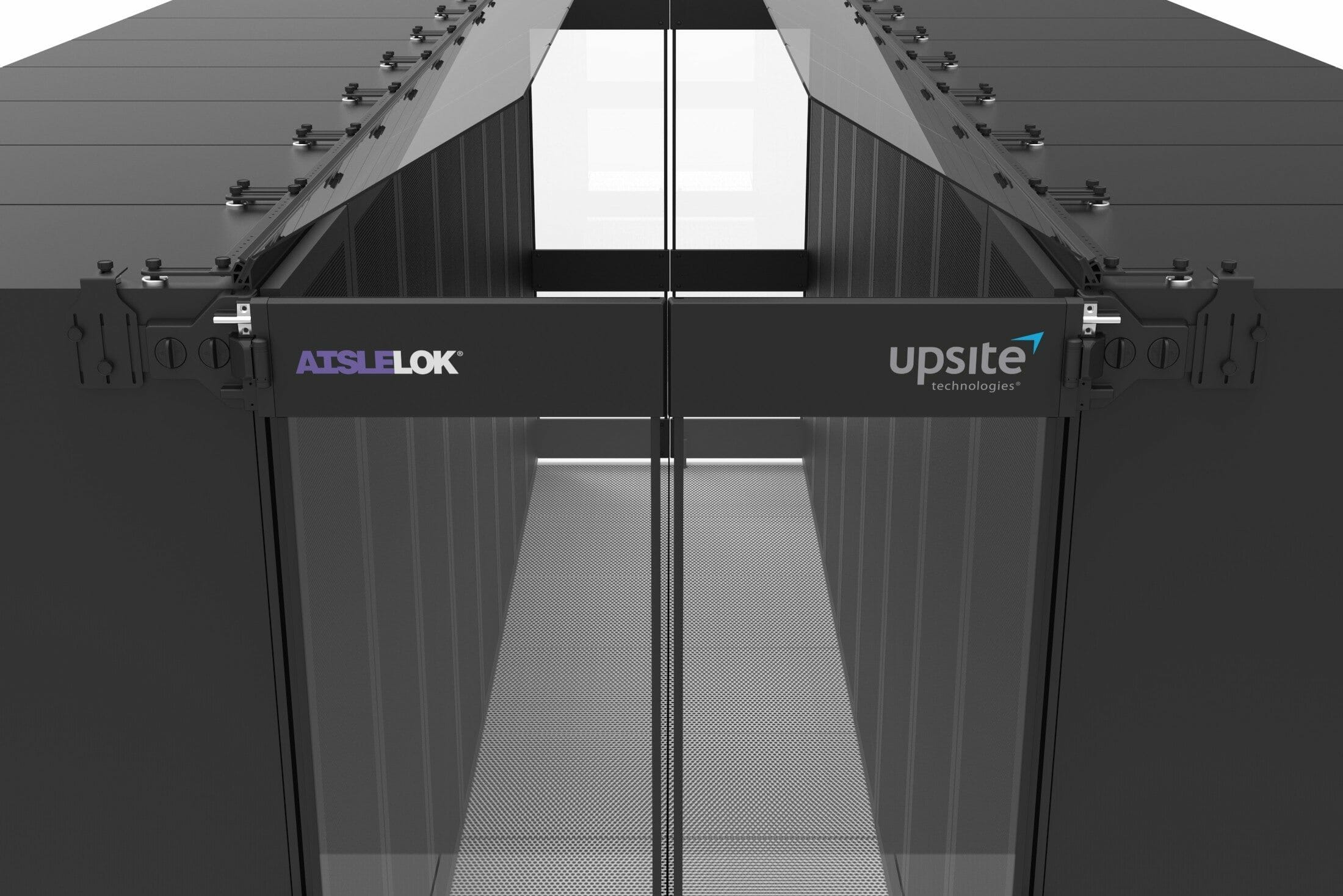Containment in Colos: Why Modular Containment is Better Than Traditional10 min read

Airflow management best practices have become increasingly important for colocation facilities in recent years. In fact, I dare say airflow management is just as in important today in colos as it is in enterprise data centers. The benefits are clear and well documented; improving cooling efficiency, reducing operating costs, ensuring high equipment reliability through fulfilling SLAs (Service Level Agreements), maximizing capacity (i.e. the amount of IT equipment that can be deployed in a room), and the list goes on. In addition to maintaining SLAs, the benefit that is particularly important to colos is maximizing capacity, as this directly equates to maximizing business potential (customers/tenants) and overall revenue that can be generated by a computer room.
It’s important to note that as the fundamentals of airflow management in the data center industry have improved, such as the use of blanking panels and sealing cable openings, colos have done a good job of keeping up. However, one area of airflow management where colos in particular are lagging behind the rest of the industry is the implementation of containment. This has not been in any fault of colocation providers. Colos are well aware of the benefits of containment; it’s just that there has not been a viable solution that accommodates the unique considerations of the colo environment. This is where modular containment comes into play. The unique design of modular containment offers the core benefits of containment with the flexibility required of the colocation environment.
Security
As we all know, security and who has access to the computer room is a high priority for data centers in general, but more so for colos, due to the fact that they house sensitive data for not just one business entity, but multiple. Traditional containment solutions require a 3rd party to install, this means multiple outside people in and out of the computer room for long periods of time (as installation of hard containment isn’t exactly quick). Now, I may be getting ahead of myself, because this is of course assuming that hard containment is even an option. The caged environment necessary for access control of multi-tenant space has made the installation of traditional containment problematic/ difficult and often impossible. The cages, which are necessary for security, are often physically in the way of traditional containment solutions.
Nonetheless, limiting the amount of construction, and therefore the people in the caged areas, is very important. With modular containment, no external labor is required and all of the components (bi-directional doors, angled and vertical baffles) can be installed by on-site personal or the customer themselves. And unlike traditional containment, modular containment can be installed on partial rows or even individual cabinets (which happens to be another major barrier of entry for traditional containment, but more on that later).
Flexibility and Scalability
Colos are quite dynamic environments, often with even more installs and de-installs than enterprise data centers. As mentioned above, customers often build out portions of rows, adding cabinets as needed (or removing them if needed). This makes traditional containment difficult because of the effort required every time there is a change. However, with modular containment, the baffles and end of aisle doors can be removed, replaced, and scaled across either a single cabinet or entire row in less than 10 minutes. This doesn’t only provide the flexibility required by the needs and configuration changes of colo tenants, but it also reduces and nearly eliminates labor costs.
Layout
While this point somewhat touches on both of the previous, I feel it’s important to mention. In a perfect world, airflow management works best when the entire room is consistently laid out. This means all rows are in the same hot aisle/cold aisle orientation, running in the same direction. This can be difficult to achieve, even in enterprise data centers, especially where the facility is older. In colocation facilities, this is particularly difficult, and quite frankly, almost impossible. While I have been in colos where they have done their best to achieve a standardized hot aisle/ cold aisle orientation, the variations and irregularities make traditional containment an impractical consideration. This again is where the flexibility of modular containment provides benefit and ease of installation that cannot be matched by traditional containment in the colo environment.
Conclusion
The implementation of airflow management best practices in colocation facilities means increased capacity, support for more clients, lower operating costs, improved PUE, and better fulfillment of SLAs. While colos have come a long way to adopting forms of airflow management such as blanking panels and brush grommets, the additional benefits of containment have not been fully realized, due to the inability to deploy traditional containment, particularly in multi-tenant rooms. Modular containment brings the benefits of traditional containment to colocation facilities that can be installed on a per-rack, per-row, or per-room basis. This allows colos to fully reap the many benefits of airflow management, but perhaps most importantly, increase their facilities’ capacity and ultimately their revenue.
This post originally appeared on DataSiteColo.com, in an article titled 3 Reasons Why Modular Containment is More Beneficial for Colos than Traditional Containment. You can view the original article here.

Airflow Management Awareness Month
Free Informative webinars every Tuesday in June.







0 Comments